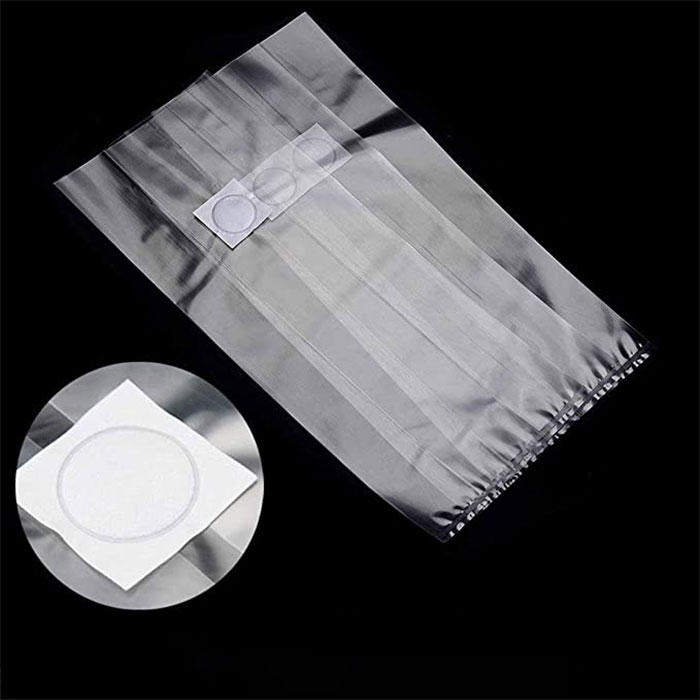
The longevity of mushroom grow bags varies greatly, influenced by several crucial factors. First and foremost, the type of mushroom being cultivated within the bag plays a significant role. Different mushroom species have varying nutritional requirements and growth patterns, which can affect the durability of the bag. Additionally, the quality of the bag itself is a deciding factor. Bags made from sturdy, breathable materials tend to last longer and withstand the rigors of mushroom cultivation better.
Proper maintenance is also crucial for extending the lifespan of mushroom grow bags. Regularly checking the bag for tears, punctures, or moisture buildup can help prevent premature deterioration. Furthermore, as the soil nutrients are gradually depleted during mushroom growth, it's important to replenish the growing medium or add fertilizer to ensure the mushrooms receive the necessary nutrients for optimal growth. This not only benefits the mushrooms but also helps preserve the integrity of the bag by preventing soil compaction and overgrowth.
Maintaining a clean and hygienic environment for the mushroom grow bag is equally important. Pests and diseases can easily spread in damp, dirty conditions, which can damage the bag and compromise the health of the mushrooms. Regularly cleaning the bag's exterior and ensuring it is stored in a dry, ventilated area can significantly extend its lifespan.
In summary, while the lifespan of mushroom grow bags cannot be precisely determined, with careful consideration of the type of mushroom, quality of the bag, proper maintenance, and a clean environment, they can last for several mushroom crops, providing a reliable and cost-effective solution for home and commercial mushroom cultivation.
